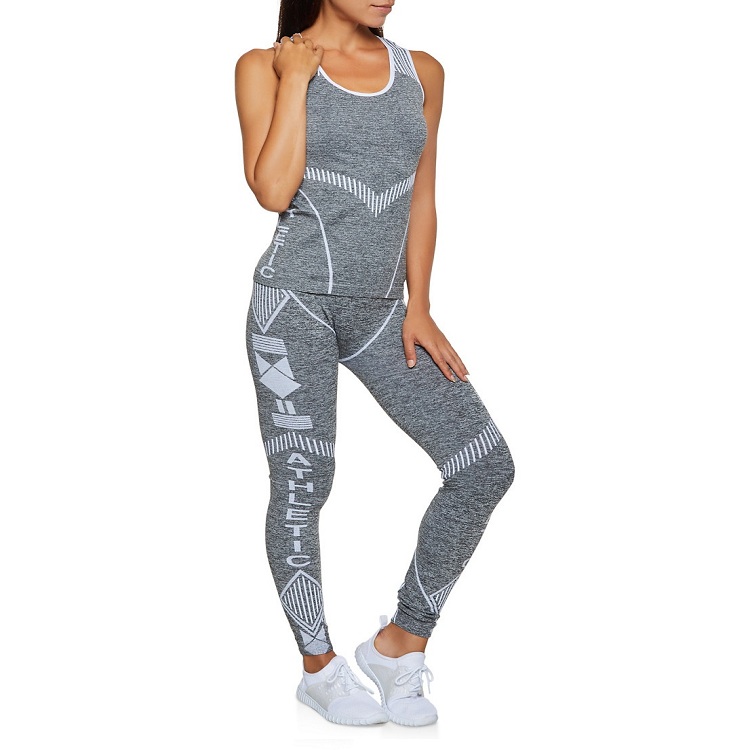Common materials for seamless garments
2022-03-31
Briefly introduce some commonly used materials for seamless garments.
1. Cotton The breathability, comfort and environmental protection of cotton are irreplaceable, so in many products, we will add a certain proportion of cotton. But now the industry is very developed, there is often no cotton in our thermal underwear, but nylon, spandex, polyester and other blended fibers.
2. Nylon, namely nylon Nylon or Polyamind or Polyaminde fabre, many customers just write the abbreviation PA3. Polyester Polyester
Polyester is the most used synthetic fiber in the world, surpassing acrylic. We commonly use ordinary polyester, many only write the abbreviation PET or PL, pay attention to understand correctly. Polyester is generally blended with other fibers. Many clothes are written on the percentage of polyester fiber, which is actually polyester. Because the amount of polyester is relatively large, they do not want ordinary people to think that it is a low-grade thing. Sometimes customers also specify high-grade polyester
4. Spandex PU Polyurethane This is a polyurethane Elastane fiber, also known as Spandex. Commodity names are Lycra (Lycra, the United States, the United Kingdom, the Netherlands, Canada, Brazil), Neolon (Neolon, Japan), Dorlastan (Dorlastan, Germany) and so on. Lycra, spandex yarn, polyester spandex, is a brand of Dupont, a DuPont company, Lycra fiber is a very magical material. Lycra (LYCRA) can be freely stretched 4 to 7 times, and quickly returns to its original length after the external force is released. Some of our slimming collections have Lycra ingredients in them. The high elastic fiber mentioned in the domestic sales promotion refers to this type of material.
5. Viscose of viscose fiber, including many kinds such as: matte silk, viscose fiber, rayon, rayon, artificial wool, etc. Among them, the most well-known one, we are using Modal fiber Modal, Modal (Modal) ) is a cellulose regenerated fiber of high wet modulus viscose fiber developed by Lenzing, Austria. The raw material of this fiber is European beech, which is first made into wood pulp, and then processed into fiber.


